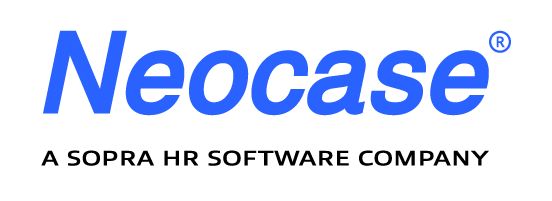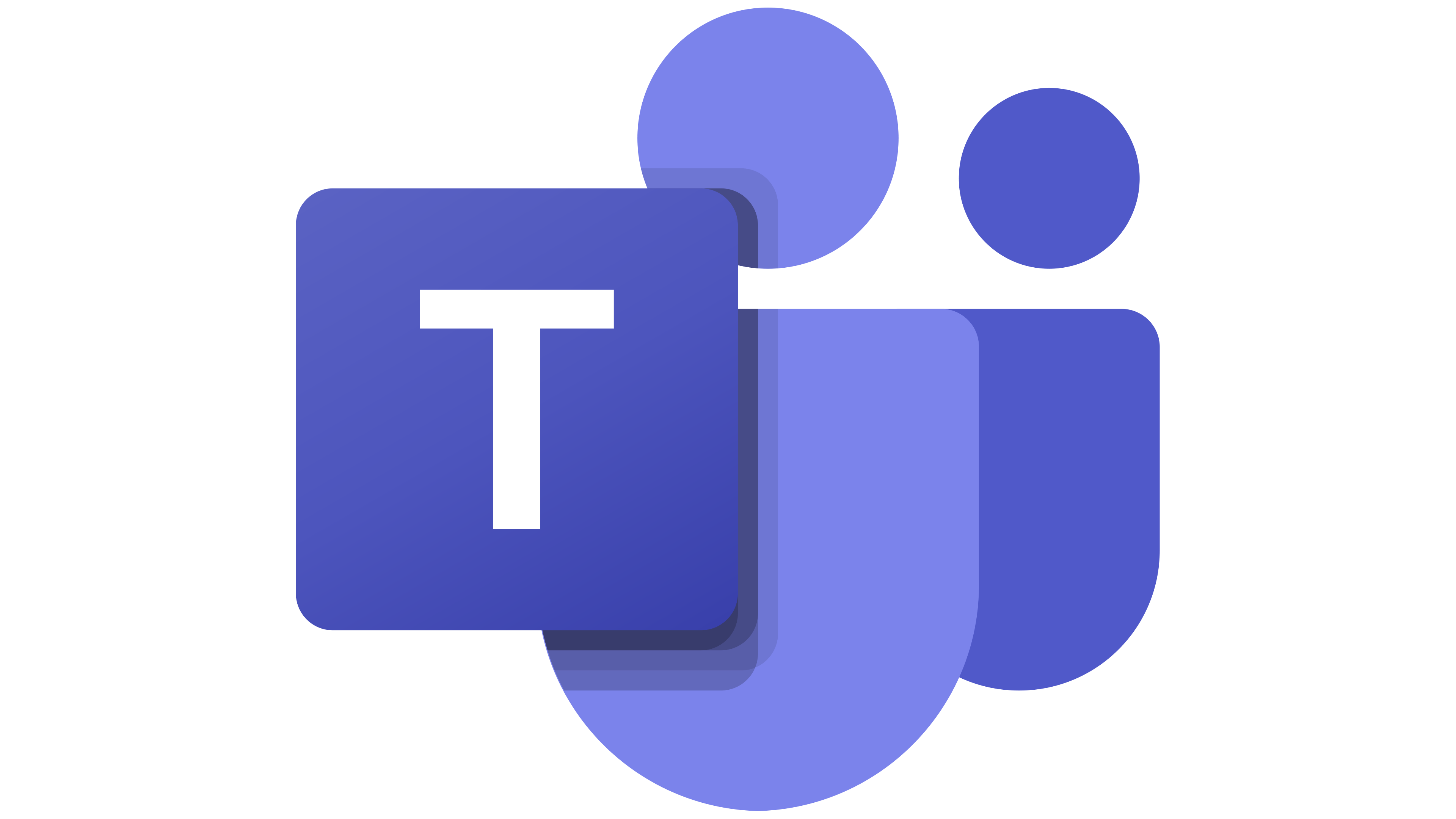Every HR Service Center wants more Tier Zero Resolution (TZR), right?
The more often an employee can find answers from the HR Knowledge base, the less time HR will need to spend answering questions. Less time spent answering questions is more time for strategic stuff.
So, what’s the key to TZR? As data show, the first step is well-tuned knowledge base. (But that's not all...)
Colleagues and I recently looked at some TZR data from a range of HR service centers – mid-performers that had TZR in the 50 – 60% range, and high performers in the 70-80% range. The data told an interesting story. I’ll get to that. But first, a few observations about the data:
Every service center had peaks and valleys in their TZR data.
Tier Zero Resolution rates fluctuate. They tend to reach a peak, then drop slightly for a period, then improve until they reach the peak again. TZR rates over time never appeared as a straight line.
For example, some of the mid-performers would bottom out around 51 percent in month 1, and then improve steadily through months 3 through 4 until they peaked out at 59 or 60% in Month 4. Months 5 and 6 would show a gradual decrease until TZR bottomed out in the low 50% range in Month 7.
This pattern of fluctuation was consistent for all service centers regardless of their overall level of TZR performance. We were curious why that was, so we spoke to the Portal and knowledge base administrators for the service centers. Their explanations were consistent – it had to do with tuning the knowledge base.
During the months when TZR began to increase, the knowledge base manager(s) began doing their regular maintenance: Reading the analytics, adjusting knowledge base content, and monitoring the results. In greater detail:
Look for trends in the Portal and Knowledge base analytics.
- What questions employees are asking
- What KB content is answering the most questions
- What key words and terms employees are using in their search
- What search methods employees are using (e.g. key word searches, browsing by topic, choosing articles from lists of “Popular Content”)
- The (most successful) words and phrases that resulted in the highest number of TZR occurrences
- The search words and phrases that were used most often but did not surface the right content.
Adjusting, or tuning the knowledge base content to make content “findable.”
After spotting trends in the analytics, the service centers took the following steps:
- Added key word meta-tags to content, that matched the search terms employees were using (e.g. adding the word “vacation” as a meta-tag to the P.T.O Policy document).
- Increasing or decreasing the weight of the meta-tags. (Increasing the weight of “vacation” from a “1” to a “5” will cause the PTO Policy document to appear higher up in the search results, making it more visible to the employee that searches for “vacation time.”
- Creating content in subject areas that the analytics show as “Gaps.” (for example, publishing a PTO Policy document if it did not already exist).
Monitoring the results of changes:
In the days and weeks after tuning the knowledge base content, monitor the impact of those changes:
- Are search terms that were previously unsuccessful now showing success?
- Has the change in weighting of key words caused the content to be more visible?
- Is newly created content gaining “successful views?”
Here’s the key finding:
The mid-performers and the high performers both use the same recipe. But the difference lies in how often do the tuning. Where mid-performers tuned their knowledge base every 4 to 6 months, the high performers repeated the tuning process every 2 to 3 months.
So, all things equal, the more often you tune your knowledge base, the higher the rates of TZR you’ll likely experience. (This assumes that you’re also following each of the maintenance steps with rigor and consistency.)
This relationship between frequency (of an activity) and level of results is something with which many of us are familiar from other areas of our lives, or the lives of people we know:
- Healthier people tend to have more frequent check-ups with their doctors.
- Students who study more often achieve higher grades.
- More physically-fit people exercise more frequently.
- And flower gardens that are weeded, watered and fertilized more often look a lot better than those that are mulched in May, and left alone until Labor Day!
Every HR Service Center wants more Tier Zero Resolution (TZR), right?
Based on the data, service centers that tune their knowledge base more frequently tend to achieve higher Tier Zero Resolution.
How many days has it been since you ate four servings of vegetables?

 Microsoft Teams
Microsoft Teams
 Workday
Workday
